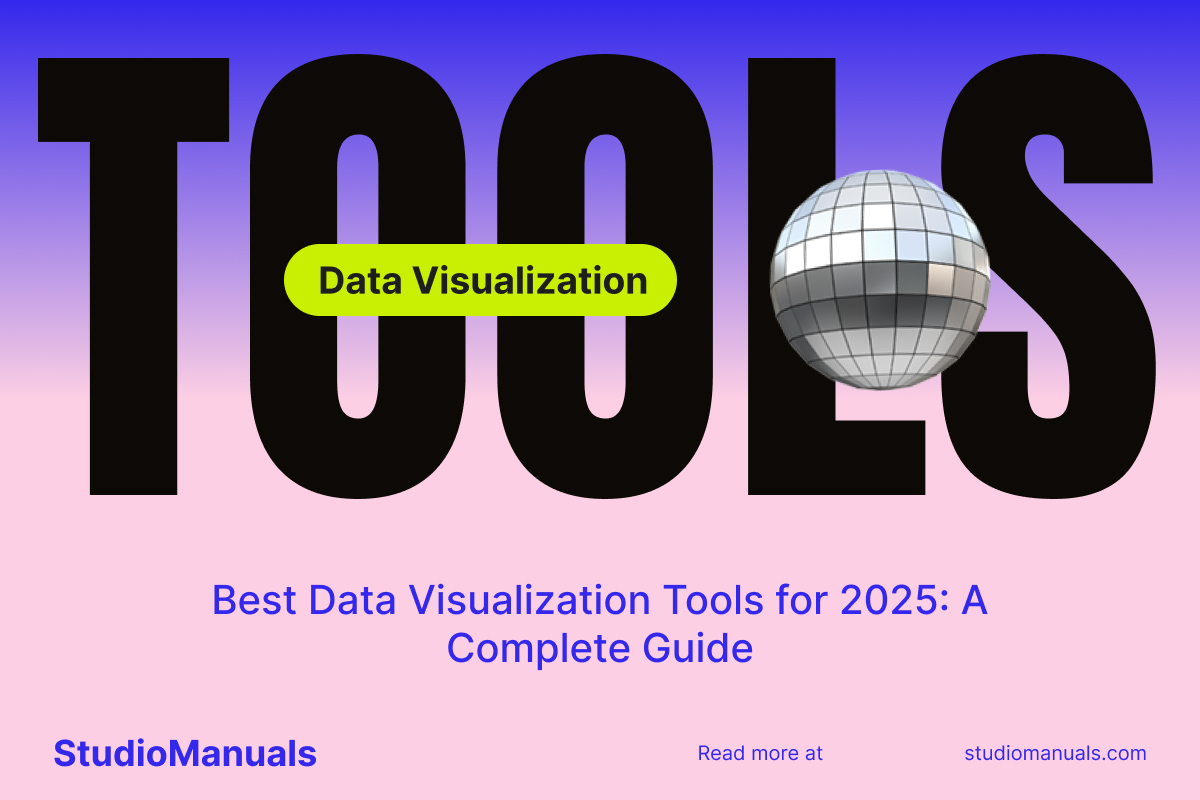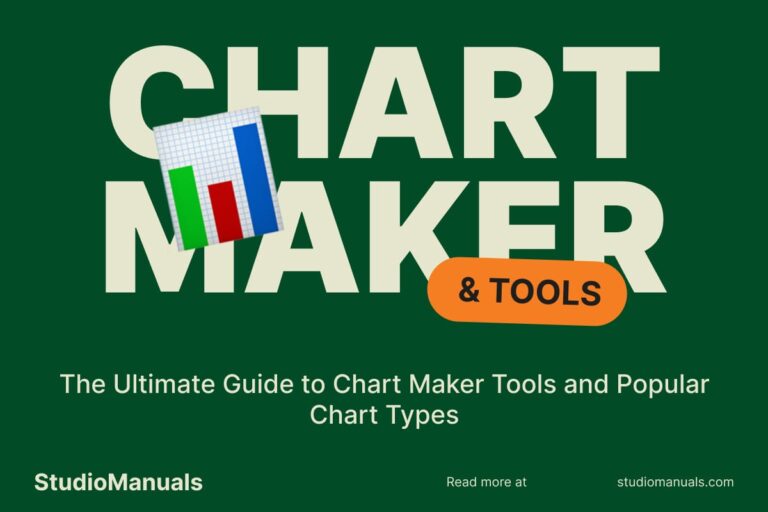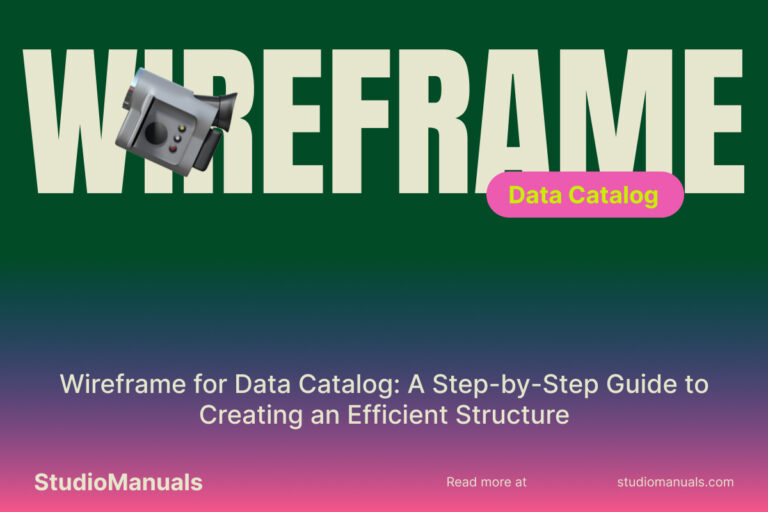Data visualization has become a critical aspect of data analysis and decision-making across various industries. As we move into 2025, the demand for advanced data visualization tools continues to grow. Whether you’re a business analyst, data scientist, or marketer, choosing the right tool can make all the difference in how you present and interpret data.
In this guide, we’ll explore the best data visualization tools for 2025, from powerful platforms for professionals to more user-friendly options for beginners. We’ll cover their key features, benefits, and where to find them, so you can choose the tool that fits your needs.
Why Data Visualization Tools Matter
Data visualization tools play a crucial role in transforming complex data into accessible, understandable visuals. They help users quickly grasp insights, identify trends, and make data-driven decisions. With the rise of big data, AI, and machine learning, visualizing data has become essential for businesses and organizations that want to remain competitive.
In 2025, data visualization tools are not just about creating charts or graphs. They offer advanced features like real-time data updates, interactive dashboards, and AI-powered analysis, making it easier to gain insights faster and more accurately.
Best Data Visualization Tools for 2025
Here are some of the top data visualization tools for 2025, each catering to different use cases and skill levels:
1. Tableau
Tableau is one of the most well-known and widely used data visualization tools in the industry. It offers a powerful platform for creating interactive and shareable dashboards. Tableau is perfect for businesses of all sizes, as it allows users to connect to a variety of data sources and create dynamic visuals.
Key Features: Drag-and-drop interface, real-time data analysis, advanced analytics, integration with multiple data sources, and interactive dashboards.
Best for: Data analysts, businesses, and professionals who need high-level, customizable visualizations.
2. Power BI
Power BI, developed by Microsoft, is a powerful business analytics tool that enables users to create interactive reports and dashboards. It’s a great option for companies that already use other Microsoft products, as it integrates seamlessly with Excel, Azure, and SQL Server.
Key Features: Real-time dashboards, customizable visuals, integration with Microsoft products, AI-powered insights, and robust security features.
Best for: Businesses using Microsoft tools, small to medium-sized businesses, and professionals looking for an affordable yet powerful option.
3. Google Data Studio
Google Data Studio is a free tool from Google that allows users to create customizable reports and dashboards. It integrates seamlessly with Google Analytics, Google Ads, and other Google services, making it an excellent option for digital marketers and small businesses.
Key Features: Free to use, real-time data, integration with Google services, drag-and-drop interface, and customizable templates.
Best for: Digital marketers, small businesses, and those looking for a free and easy-to-use solution.
4. Qlik Sense
Qlik Sense is an AI-powered data visualization tool that allows users to explore and analyze data without the need for programming knowledge. It’s known for its associative data model, which enables users to discover hidden insights in their data.
Key Features: Self-service analytics, AI-powered insights, interactive visualizations, mobile compatibility, and advanced security features.
Best for: Data analysts, data scientists, and organizations looking for advanced, AI-powered analytics.
5. D3.js
D3.js is a JavaScript library for creating dynamic, interactive data visualizations on the web. It’s ideal for developers who need to create highly customized and complex visualizations. While D3.js requires coding knowledge, it offers unmatched flexibility in creating web-based visuals.
Key Features: Highly customizable, supports multiple chart types, integrates well with web technologies, and open-source.
Best for: Developers and web designers who want full control over their data visualizations.
6. Looker
Looker is a modern data platform that provides business intelligence (BI) and data analytics solutions. It’s designed to help teams explore, analyze, and visualize data quickly and collaboratively. Looker is particularly effective in cloud environments and supports integrations with popular cloud services like Google Cloud and AWS.
Key Features: Cloud-based, real-time data access, integration with cloud services, custom dashboards, and collaborative features.
Best for: Large businesses and teams who require cloud-based solutions for data analysis and visualization.
7. Plotly
Plotly is a versatile data visualization platform that offers both online and offline capabilities. It’s known for its ability to create complex, interactive graphs, including 3D visualizations. Plotly also offers integration with Python, R, and MATLAB, making it an excellent option for data scientists and developers.
Key Features: Interactive graphs, 3D visualizations, integration with Python and R, open-source options, and web-based platform.
Best for: Data scientists, developers, and anyone needing advanced interactive visualizations.
How to Choose the Best Data Visualization Tool for You
Choosing the right data visualization tool depends on several factors, including:
- Budget: Some tools like Google Data Studio are free, while others like Tableau and Looker require subscriptions.
- Ease of Use: Tools like Google Data Studio are beginner-friendly, while platforms like D3.js require coding skills.
- Customization: If you need highly customizable visuals, tools like D3.js and Plotly offer the most flexibility.
- Integration: Consider tools that integrate with your existing data sources, such as Power BI for Microsoft users or Looker for cloud-based environments.
Conclusion
As data continues to play a pivotal role in business decision-making, the tools used to visualize that data must be powerful, intuitive, and adaptable. Whether you need a simple solution for reporting or an advanced platform for predictive analytics, the data visualization tools listed above will help you transform raw data into valuable insights. Choose the one that best aligns with your needs, and you’ll be well on your way to enhancing your data analysis capabilities in 2025.




